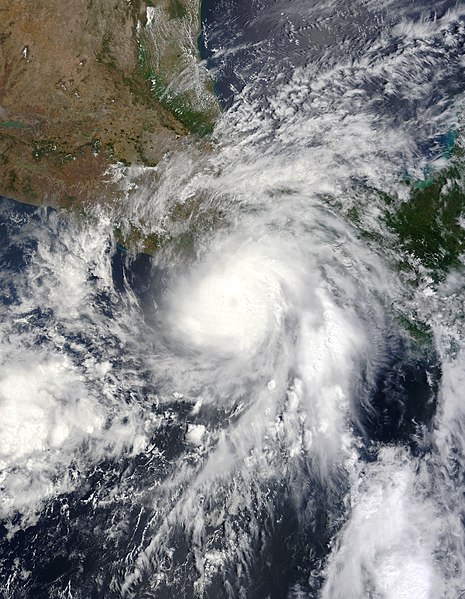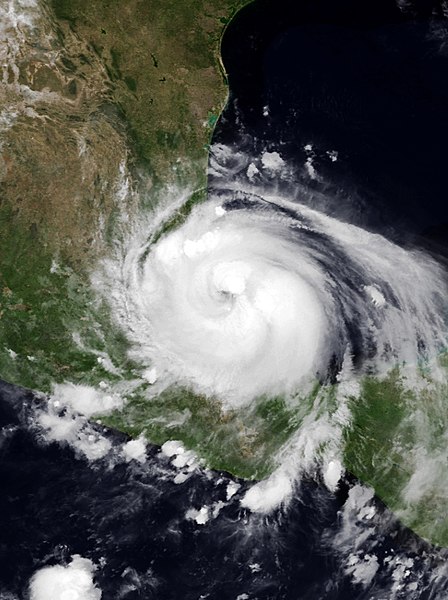Hurricane Betsy was an intense, deadly and destructive tropical cyclone that brought widespread damage to areas of Florida and the central United States Gulf Coast in September 1965. The storm's erratic nature, coupled with its intensity and minimized preparation time contributed to making Betsy the first tropical cyclone in the Atlantic basin to accrue at least $1 billion in damage. While the storm primarily affected areas of southern Florida and Louisiana, lesser effects were felt in the Bahamas and as far inland in the United States as the Ohio River Valley. Betsy began as a tropical depression north of French Guiana on August 27, and strengthened as it moved in a general northwesterly direction. After executing a slight anticyclonic loop north of the Bahamas, Betsy proceeded to move through areas of south Florida on September 8, causing extensive crop damage. After emerging into the Gulf of Mexico, the cyclone strengthened and reached its peak intensity equivalent to that of a Category 4 hurricane on September 10 before making its final landfall near Grand Isle, Louisiana, shortly thereafter. Once inland, Betsy was slow to weaken, and persisted for two more days before degenerating into an extratropical storm; these remnants lasted until September 13.

Betsy north of the Bahamas from TIROS VIII on September 4, 1965
Betsy antecedent to being upgraded to hurricane intensity on August 29.
Street flooding in Key West
Aerial view of flooding in New Orleans
The Saffir–Simpson hurricane wind scale (SSHWS) classifies hurricanes—which in the Western Hemisphere are tropical cyclones that exceed the intensities of tropical depressions and tropical storms—into five categories distinguished by the intensities of their sustained winds. This measuring system was formerly known as the Saffir–Simpson hurricane scale, or SSHS.
Image: Nicole 2022 11 10 0620Z colored
Image: Agatha 2022 05 30 1700Z
Image: Grace 2021 08 21 0610Z
Image: Lidia 2023 10 10 2120Z








